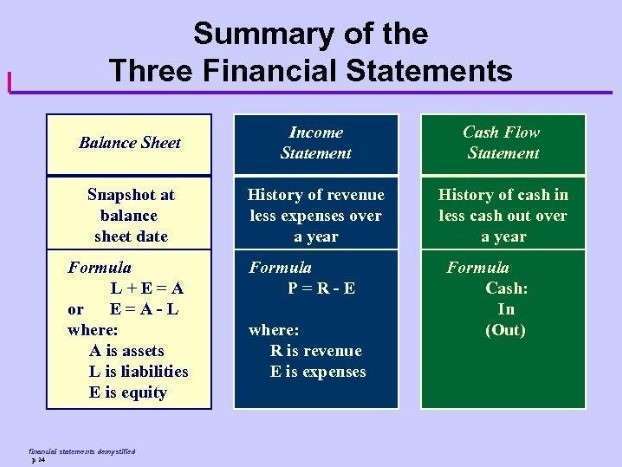
By fully loading costs into inventory valuations, absorption costing helps prevent distortions and presents a transparent view of operations. Additionally, it is not helpful for analysis designed to improve operational and financial efficiency or for comparing product lines. The components of absorption costing include both direct costs and indirect costs. Direct costs are those costs that can be directly traced to a specific product or service. These costs include raw materials, labor, and any other direct expenses that are incurred in the production process.
Advantages and Disadvantages of the Variable Costing Method
This is because fixed costs are smoothed into COGS rather than impacting the period they are incurred. Because absorption costing includes fixed overhead costs in the cost of its products, it is unfavorable compared with variable costing when management is making 5 payment reminder templates to ask for overdue payments internal incremental pricing decisions. This is because variable costing will only include the extra costs of producing the next incremental unit of a product. Under this method, manufacturing overhead is incurred in the period that a product is produced.
- This addresses the issue of absorption costing that allows income to rise as production rises.
- This can lead to decisions that prioritize production over market demand, resulting in excess inventory and potential write-downs in the future.
- Outdoor Nation, a manufacturer of residential, tabletop propane heaters, wants to determine whether absorption costing or variable costing is better for internal decision-making.
- These costs are directly traceable to a specific product and include direct materials, direct labor, and variable overhead.
- Despite its widespread use and compliance with accounting standards, absorption costing is not without its detractors.
Conclusion: Embracing Accurate Accounting with Absorption Costing
Rather than discontinuing a product based on negligible profits, a manager can use variable costing to determine the overall costs of keeping a unit in production. Under generally accepted accounting principles (GAAP), absorption costing is required for external reporting. Absorption costing is an accounting method that captures all of the costs involved in manufacturing a product when valuing inventory. The method includes direct costs and indirect costs and is helpful in determining the cost to produce one unit of goods.
Revenue Reporting in Absorption Costing
Understanding these basics helps explain the meaning and utility of absorption costing. Absorption costing and marginal costing income statements differ significantly in format. Both begin with gross sales and end with net operating income for the period. However, the absorption costing income statement first subtracts the cost of goods sold from sales to calculate gross margin.

When we prepare the income statement, we will use the multi-step income statement format. The absorption costing method adheres to GAAP and provides an accurate, full-cost valuation of inventory. While more complex than variable costing, absorption costing gives managers and investors a clearer view of product profitability. In summary, absorption costing provides a comprehensive look at per unit costs by incorporating all expenses related to production. The tradeoff is that net profit fluctuates more than with variable costing methods.
Sales Revenue
Therefore, fixed overhead will be allocated by $ 1.50 per working hour ($ 670,000/(300,000h+150,000h)). The amount of under-absorption is added to the cost of items created and sold if the actual output level is less than the normal output level. Production is estimated to hold steady at \(5,000\) units per year, while sales estimates are projected to be \(5,000\) units in year \(1\); \(4,000\) units in year \(2\); and \(6,000\) in year \(3\). Lastly, we find out the Total Cost by adding selling and distribution expenses.
As the absorption costing statement assumes that products have fixed costs, all manufacturing costs must be contained within the creation cost, whether variable or fixed. The traditional income statement, also known as the absorption costing income statement, is created using absorption costing. Once you have the cost per unit, the rest of the statement is fairly easy to complete. This includes sales, cost of goods sold, and the variable piece of selling and administrative expenses. This is not right because fixed costs remain the same regardless of the units produced. If you remember marginal costing, you will remember that we used the sum of marginal variable costs.
Fixed overhead costs can be calculated per unit because they change per unit and not in total. Absorption costing allocates all manufacturing costs, including fixed overhead costs, to the units produced. Absorption costing is a GAAP-compliant method of accounting for all manufacturing costs as product costs, including both variable costs and fixed overhead costs. This leads to an accurate representation of product cost on the income statement. The key difference from variable costing is that fixed production costs are included in the inventory valuation and expense recognition under absorption costing. Careful COGS calculation as per GAAP standards is essential for accurate financial reporting.
The question only gave us the 170,000 manufactured units and 140,000 sold units. To arrive at the cost of closing inventory, we simply have to multiply the number of units with the absorption cost i-e $8 to arrive at $240,000. Managers can manipulate income by changing the number of units produced Producing more products gives a higher income.















